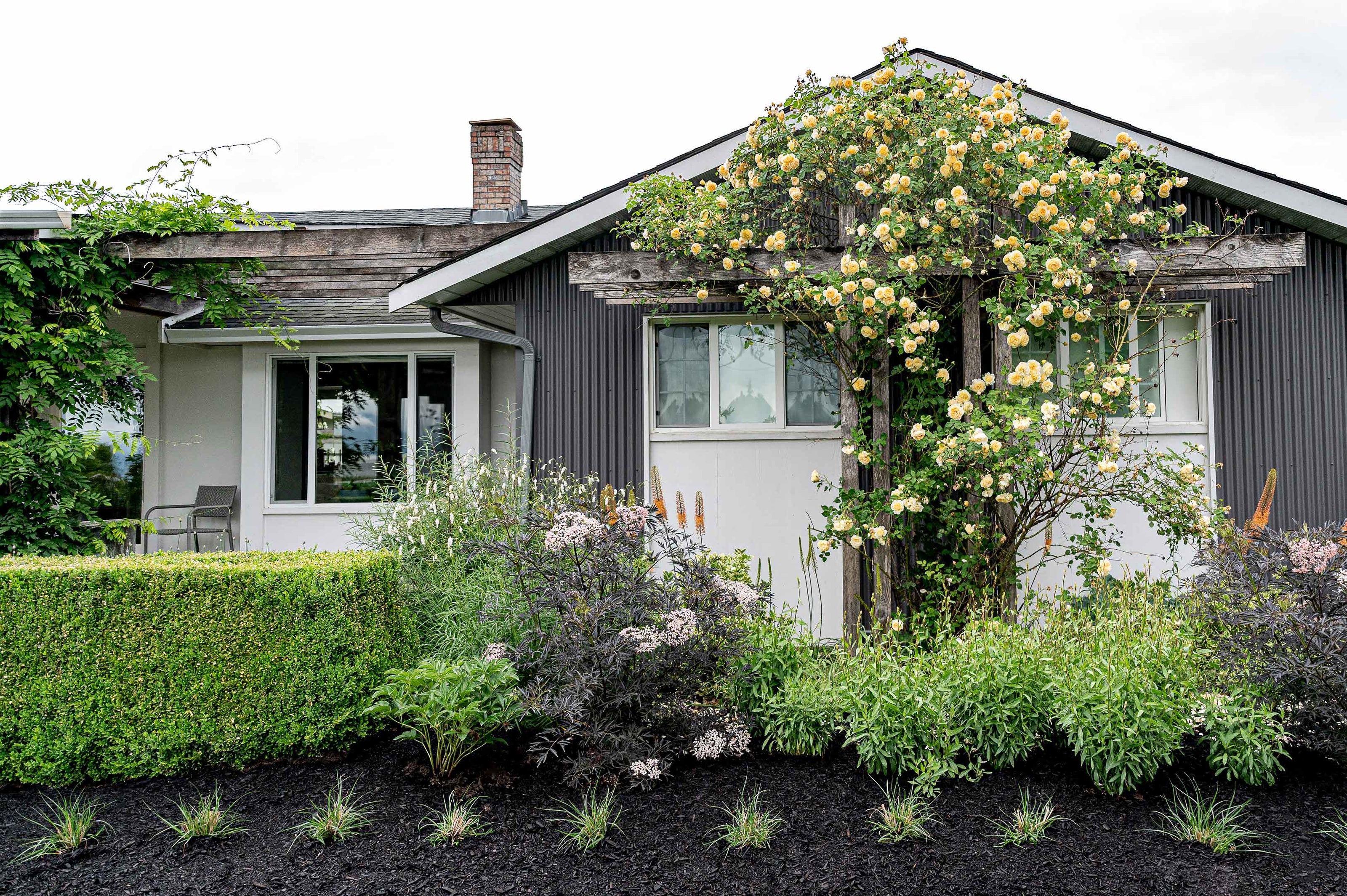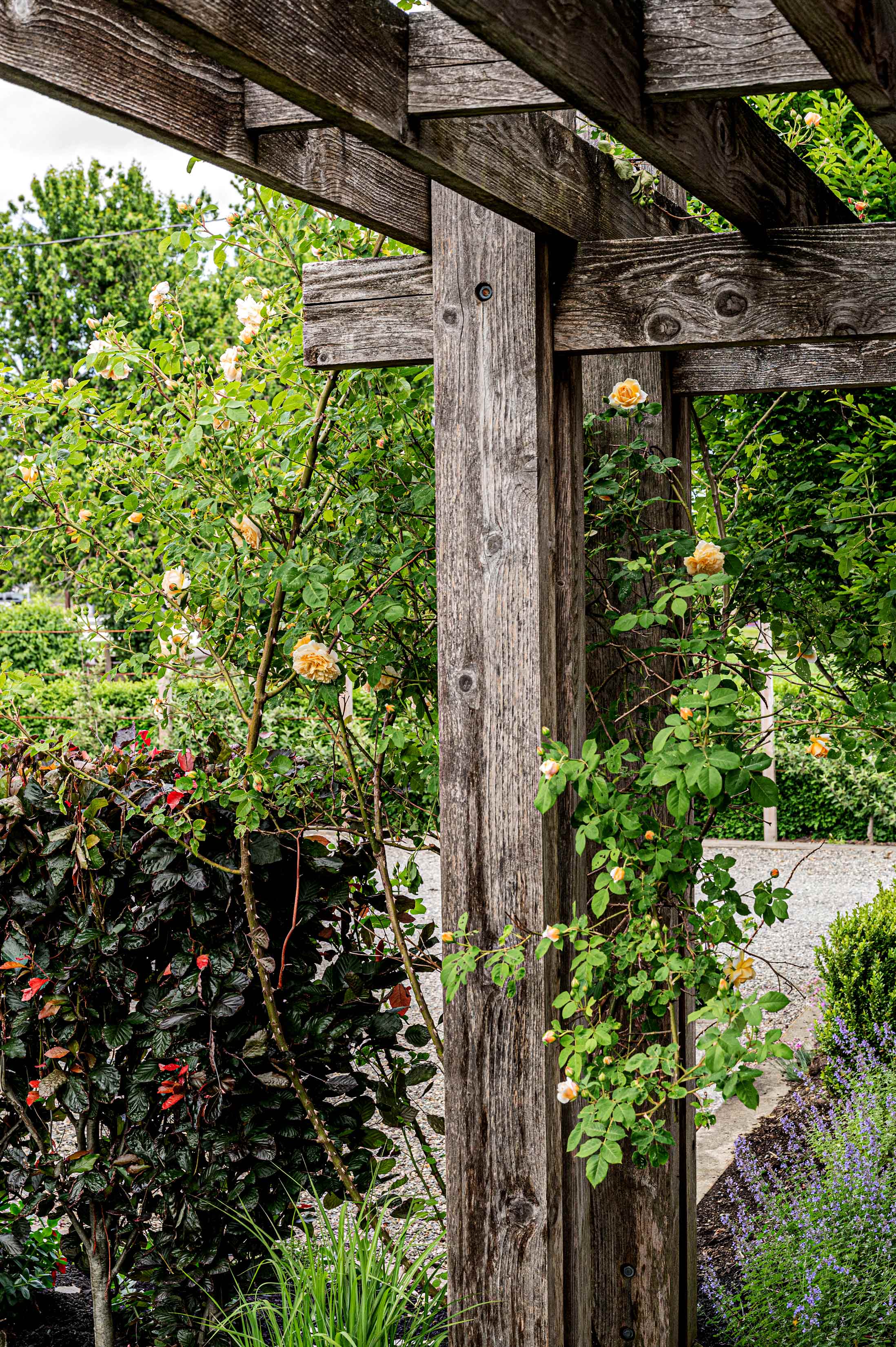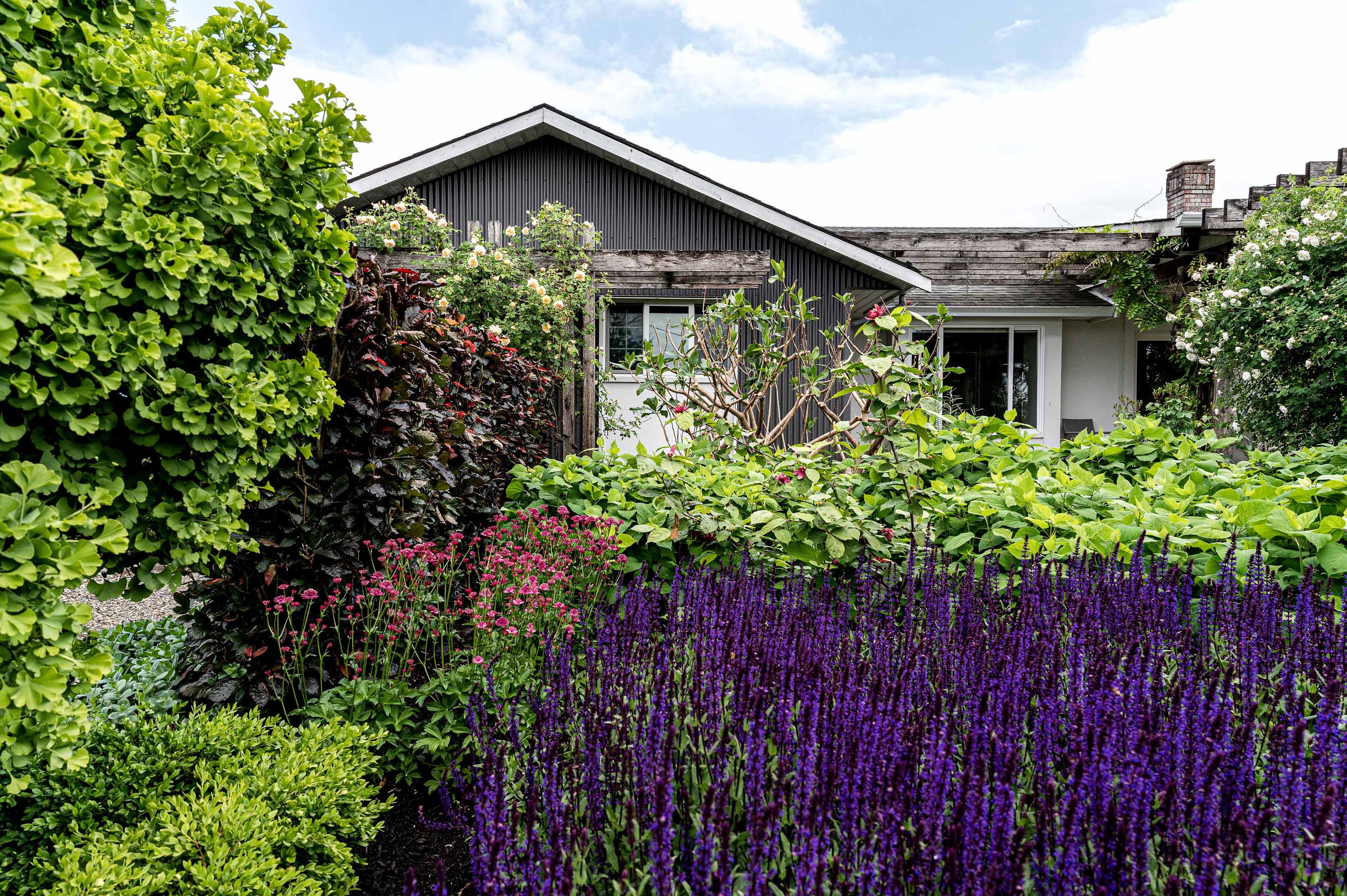Landscape Design Philosophy
At its most basic level, landscape design is about creating a functional outdoor space. What elevates my designs to the realm of “art” is understanding the element of change influenced by seasons, weather and time.


What does a landscape designer do?
My craft is to take the many elements of landscape design and then combine them effectively to make the sum of all the parts greater than the individual components. These design elements are the drivers that steer a design in a certain direction. There are many design elements that I consider when designing a garden but there are a few that truly make the difference between a successful garden and a flop. The first and overarching consideration for me is function or how the space will be used. A second design driver is creating harmony between the house and the surrounding space in both style and scale. The element that elevates my designs to the realm of “art” is the element of change influenced by seasons, weather and time.
What is landscape design?
At its most basic level, landscape design is about creating a functional outdoor space. It is about giving purpose to the outdoor spaces with verbs like, “walking, dining, parking, lounging, or storing.” Before I ever delve into the specifics of creating beauty I am thinking about how the space will be used with efficiency and practicality. This may seem practical and unartistic but it is arguably the most important design step from which the artwork will develop and take shape.
How does a design project take shape?
My designs take shape when I take cues from the style and architecture of a home to design a garden that feels like a natural extension of the building. Doing so results in a seamless connection between the indoors and the outdoors. The most satisfying gardens are those in which the boundary between indoors and outdoors is blurred by using similar materials, similar lighting, and similar aesthetics inside and out. The architecture of the house also influences plant selection, bed sizes and patio and walkway dimensions and the proper scale to use.
What considerations are unique to landscape design?
Landscape design is an art form that, unlike most other art, works beyond the three dimensions of space to include the dimension of time. The element of change is constantly propelling my canvas into new and exciting compositions. These changes are experienced in brief moments and are constantly changing with shifting seasons, varying light conditions, changing plants with varying seasonal colour and form, different weather patterns, or transient insect or creature visits. The idea that the landscape is dynamic and not static is what fascinates me as an artist. I strive to anticipate and orchestrate these changes to create memorable moments in the garden.
What is the final result?
The goal is to combine the various elements of the design into one functioning and cohesive whole to get a garden; a space that hosts people and plants and countless other creatures and where they subtly interact and live their lives.
SEE LANDSCAPE DESIGNS I'VE CREATED . . .

